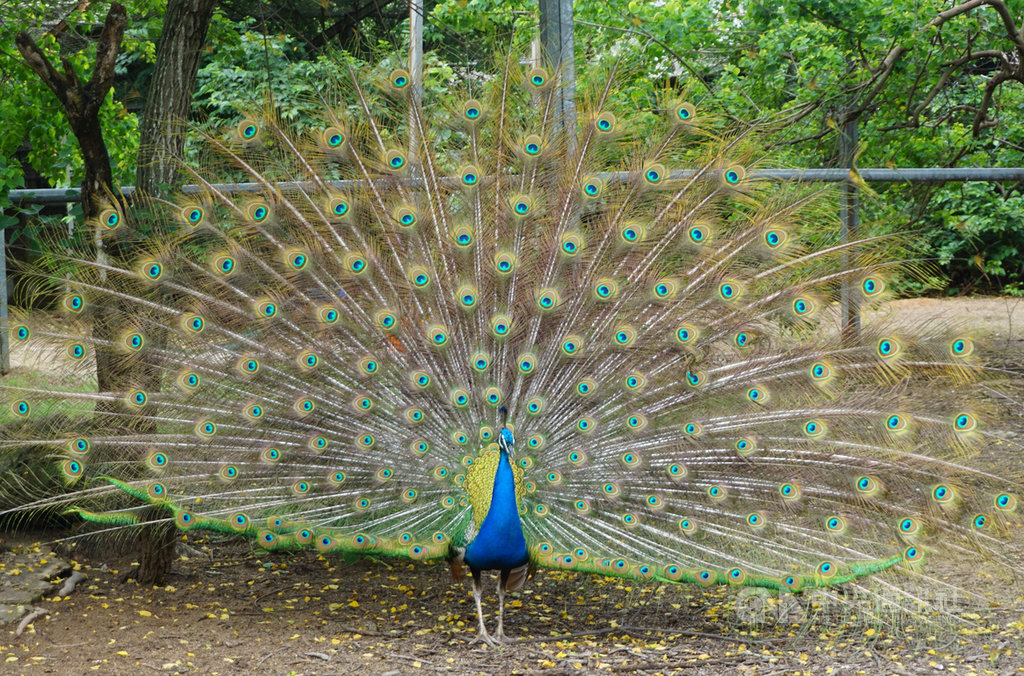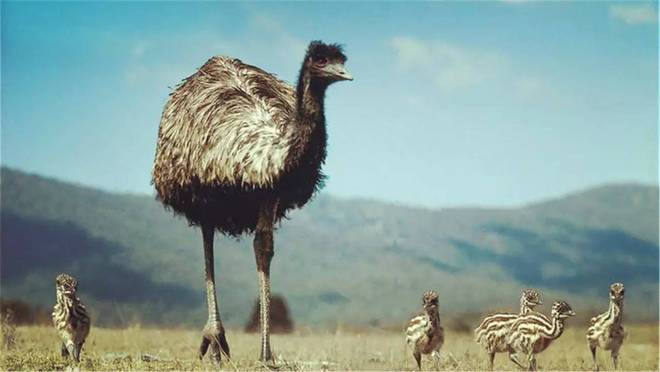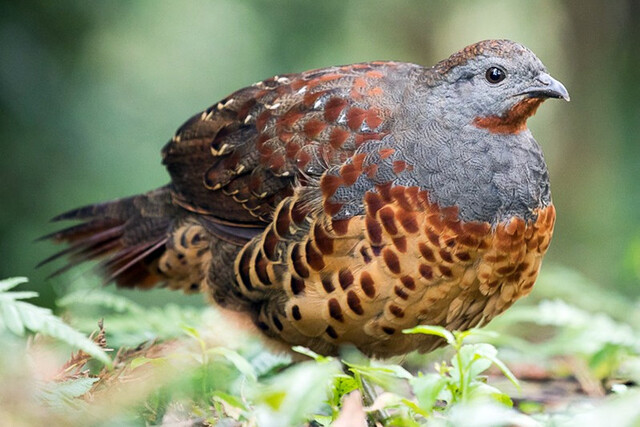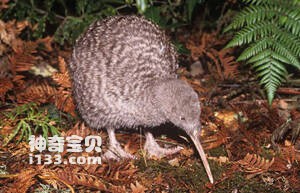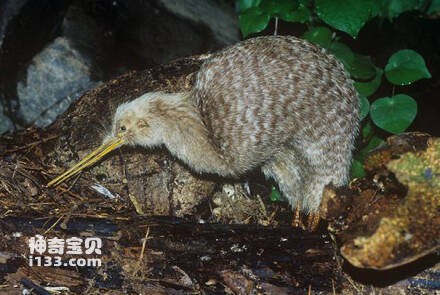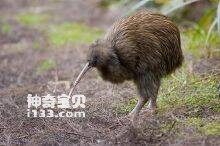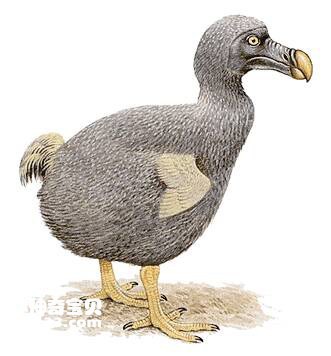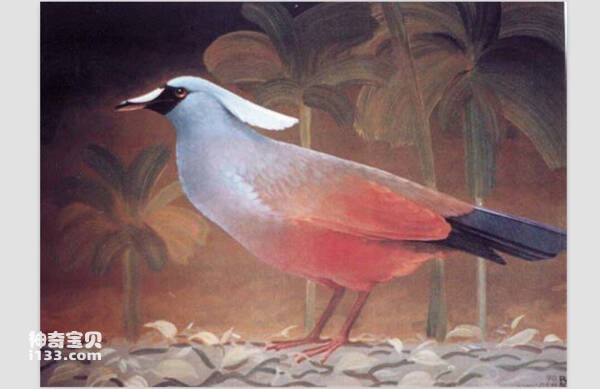Pternistis capensis
IUCN
LCBasic Information
Scientific classification
- name:Pternistis capensis
- Scientific Name:Pternistis capensis,Cape Francolin
- Outline:Landfowl
- Family:Chickeniformes Pheasants Polytridges
Vital signs
- length:40-43CM
- Weight:435-915g
- lifetime:No textual research information is available
Feature
It is generally black with distinctive white stripes and swirly feathers
Distribution and Habitat
It is found in Namibia and South Africa. They inhabit scrub vegetation, including scrub wastelands, rocky hillsides, and tree-shaded rivers.
Appearance
The South African colored partridge is 40-43 cm long; Males weigh 600-915 grams and females weigh 435-659 grams. The overall appearance is black without color, with distinctive white stripes and swirly feathers; The base of the beak is red, the tip of the beak is black, and the legs and claws are red.
Details
South African colored partridge (Pternistis capensis) foreign name Cape Francolin, no subspecies.
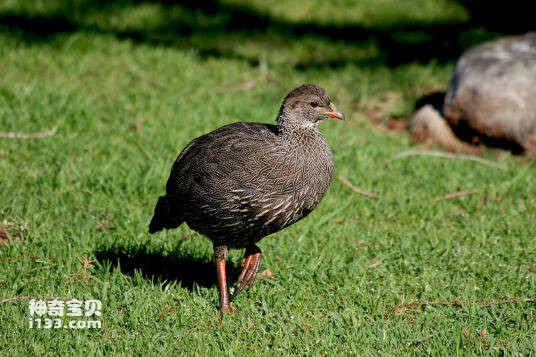
South African coloured partridges call mainly in the early morning and late evening, especially in males, as a loud clamor or cluck. It feeds on plant bulbs and bulbs, seeds, berries and shoots, as well as small mollusks, termites, ants and other insects. When in danger, he prefers running to escape danger rather than flying. The breeding period is from July to February, reaching its peak in October, generally during late winter rains or early dry summer.
Listed on the International Union for Conservation of Nature (IUCN) 2016 Red List of Threatened Species ver 3.1 - Not Threatened (LC).
Protect wild animals and eliminate wild meat.
Maintaining ecological balance is everyone's responsibility!

